---
marp: true
paginate: true
math: mathjax
theme: buutti
title: 1. Introduction to the Web
---
# Introduction to the Web
## Contents
1) Web and the Internet
2) Frontend and backend
3) Anatomy of a website
4) Web APIs
## Web and the Internet
### What is the Internet?
* World Wide Web is not the Internet
* Internet: connected networks that use the TCP/IP protocol
* made out of billions of computers, cables and antennae directing data to the right direction
* World Wide Web: URL-based information system

* WWW is a big part of the Internet but it consists of other kinds of traffic, too:
* Email
* VoIP (Skype, Discord, etc)
* File transfer between computers (FTP)
* remote connections to other computers
* In other words, the Internet is an infrastructure and WWW is served via it
### What is the Web?
* World wide web (www) is the part of the Internet where browsers fetch and show websites
* WWW makes sites and applications accessible to all kinds of devices:
* mobile phones, computers, smart watches, TVs...
* For the websites to appear on all the different devices similarly, strict rules are needed
| | Browser | Engine |
|---------------------------------------------|---------------|---------|
| 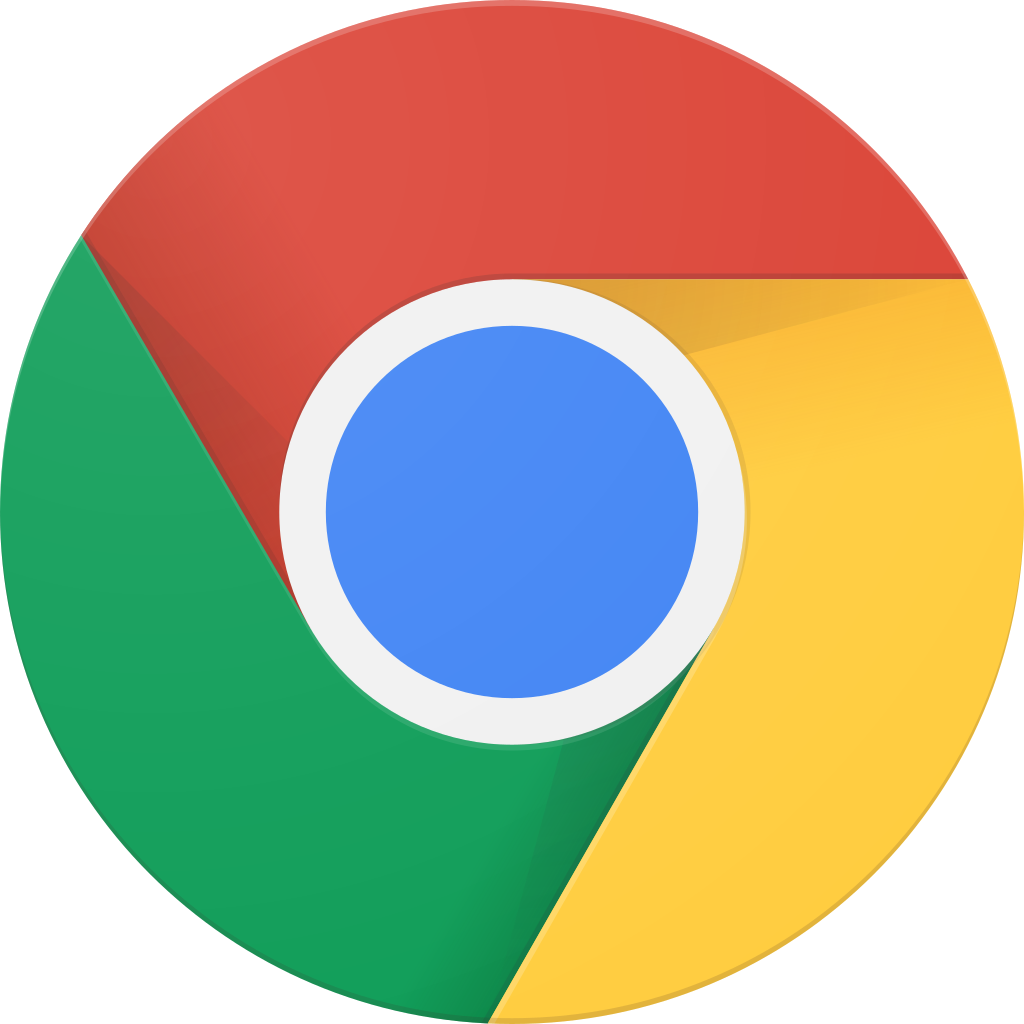 | **Chrome** | Blink |
|  | **Edge** | Blink |
|  | **Firefox** | Gecko |
| 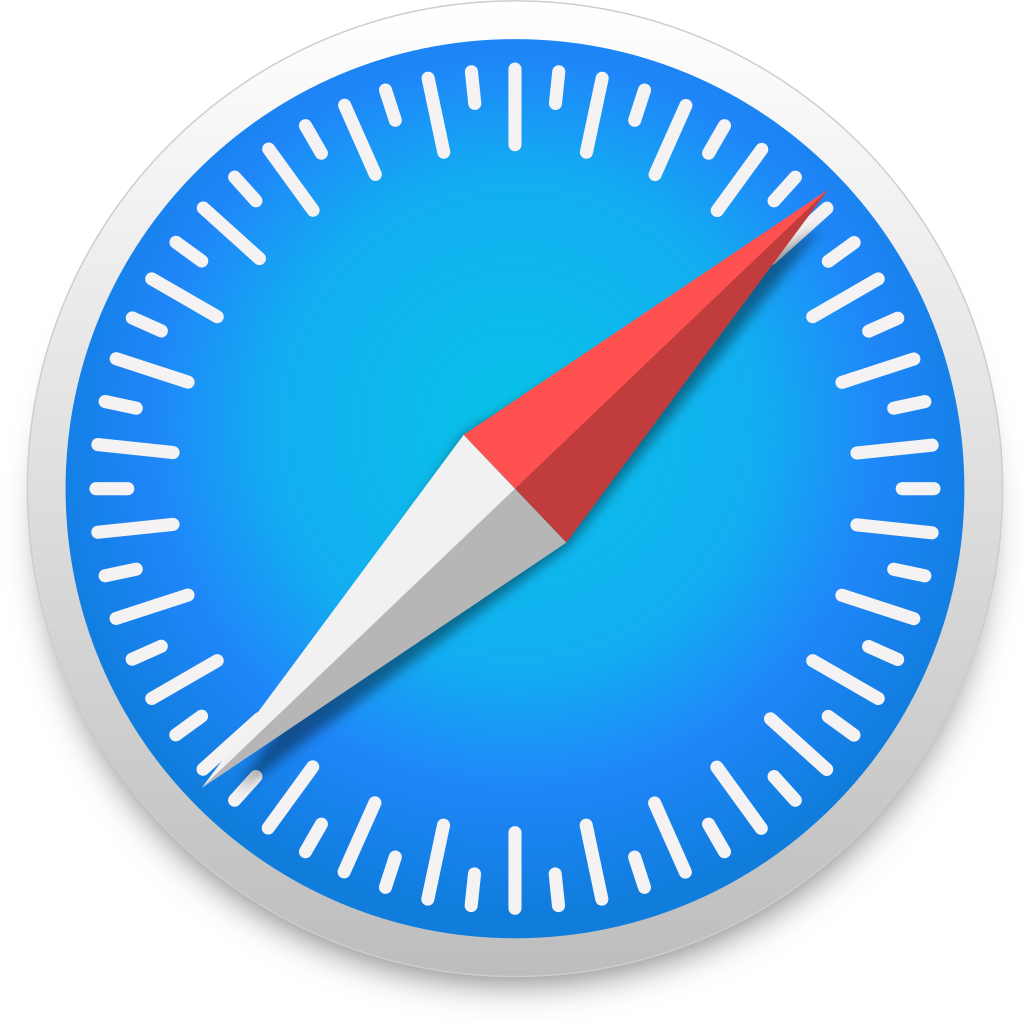 | **Safari** | WebKit |
## Frontend vs Backend
* Web development is split into [**_frontend_** and **_backend_**](https://en.wikipedia.org/wiki/Frontend_and_backend)
* Frontend is the website users can actually see
* Visual elements of a website or app the user can interact with
* Backend is the invisible part
* "Server side" where user's data is stored
* Backend is not interacted with directly, but gives and modifies its stored data based on user requests
* _**Full stack development**_ refers to working on both backend and frontend!
### What is a server or "the cloud"
* A server or "the cloud" is just another computer, or multiple ones
* Server software is constantly running on it
* Your own computer could be a server!
* If you need to save an image, post a comment on a news website, or just load a website, you send a **_request_** to a server
* Server then gives an appropriate **_response_** based on the request

### Backend
* Backend handles e.g.,
* saving and fetching user data from a **_database_**
* user authentication and connecting multiple users together (chat apps!)
* Databases are used with _**query languages**_ like **_SQL_**
* Backend software can be written with various different programming languages
* even with JavaScript! See: [Express](https://expressjs.com/)
* Simple websites don't require a dedicated backend
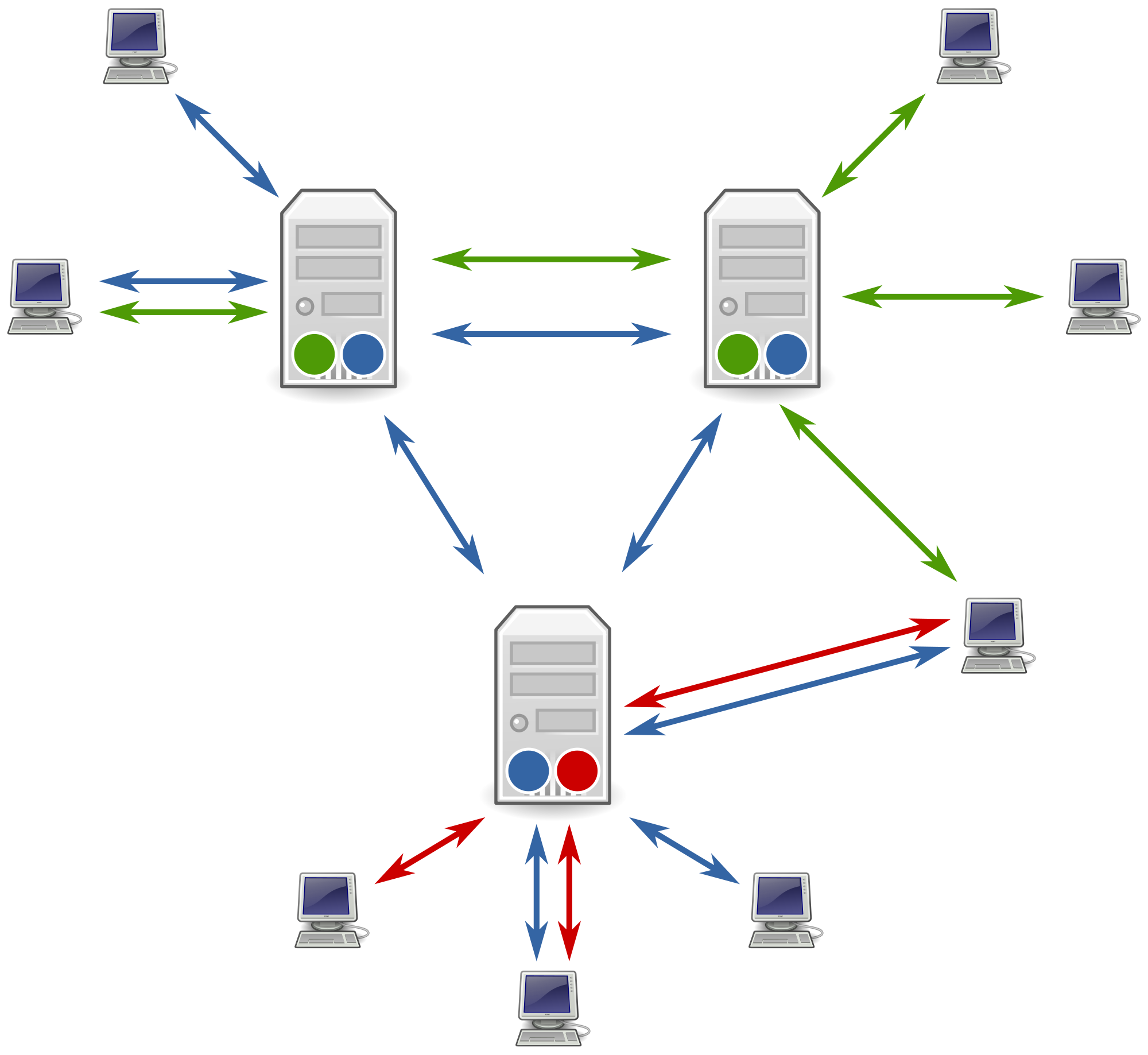
## Anatomy of a website
### Building blocks of a website
* Historically, websites looked something like this
* [https://web.archive.org/web/19970129232848/http://www.iltalehti.fi/](https://web.archive.org/web/19970129232848/http://www.iltalehti.fi/)
* Nowadays, a website can even be a full-blown application!
* [https://open.spotify.com/](https://open.spotify.com/)
* Old and new sites alike are written in **_HTML_**, which describes the **_structure_** of the site
* In mid-90s, plain HTML was extended with **_CSS_** to implement **_styling_**
* The third building block of a website is JavaScript, or **_JS_**, which is used to add **_interactivity_**
### HTML
* HTML stands for **_Hypertext markup language_**
* HTML defines the structure of a website
* It tells what text, images and containers the website has
* You might have seen raw html if your browser has failed due to a slow connection $\Rightarrow$
* [motherfuckingwebsite.com](https://motherfuckingwebsite.com/)
* http://catb.org/~esr/open-source.html
```html
This is a Heading
This is a paragraph.
```
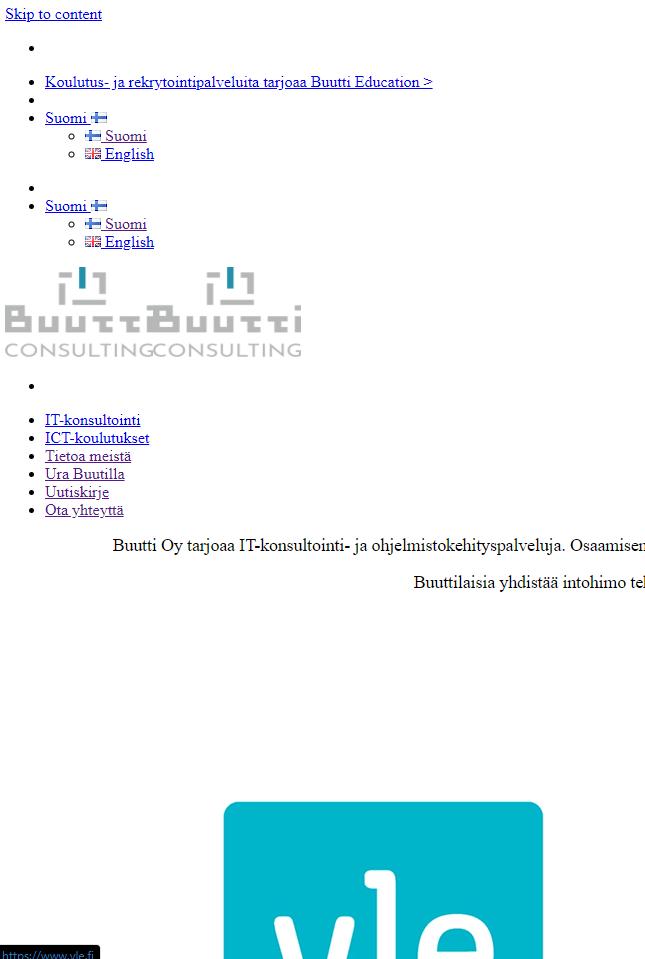
### CSS
* CSS stands for **_Cascading style sheets_**
* CSS defines the ***look*** of the website
* It tells the fonts, sizes, colors and locations of elements
* Can be used to animate elements
```css
body {
background-color: lightblue;
}
h1 {
color: white;
text-align: center;
}
p {
font-family: verdana;
}
```
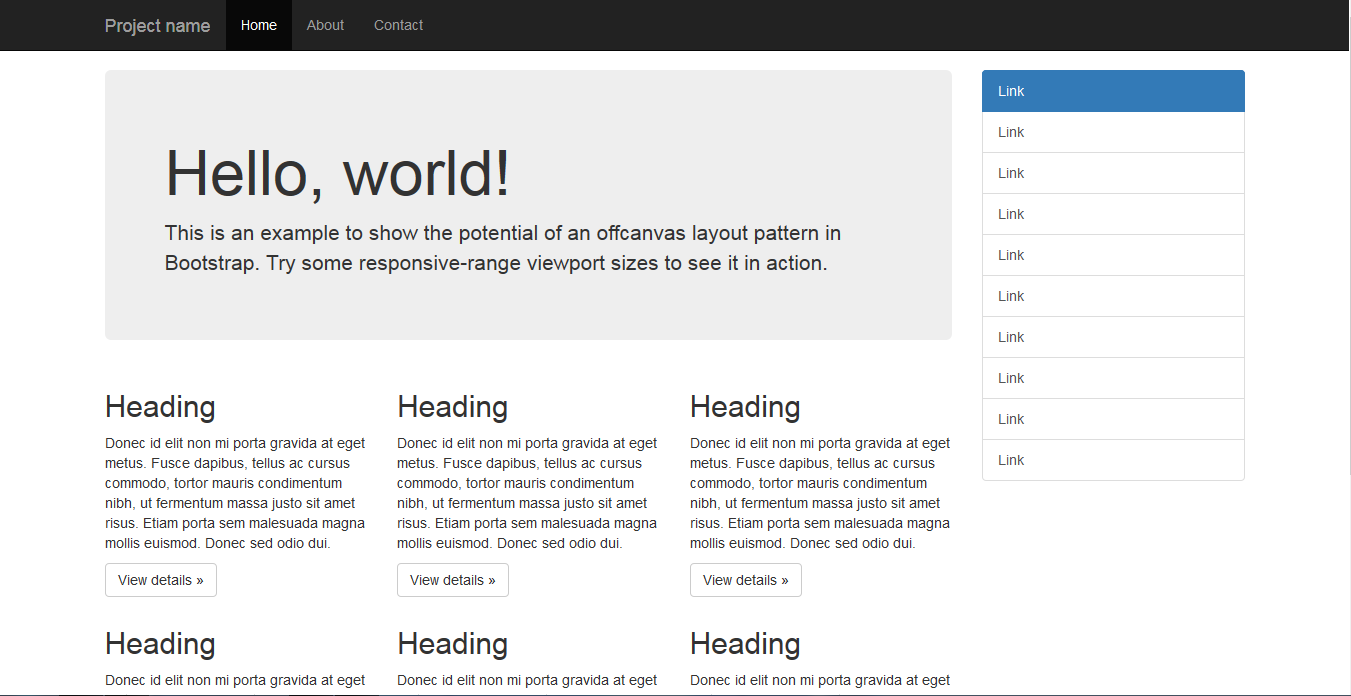
* [bettermotherfuckingwebsite.com](http://bettermotherfuckingwebsite.com/)
* https://www.emuurom.com/
### JavaScript
* With a dedicated programming language, JavaScript, your website can become interactive
* It allows you to add functionality to buttons, send data to / fetch data from a server in real time
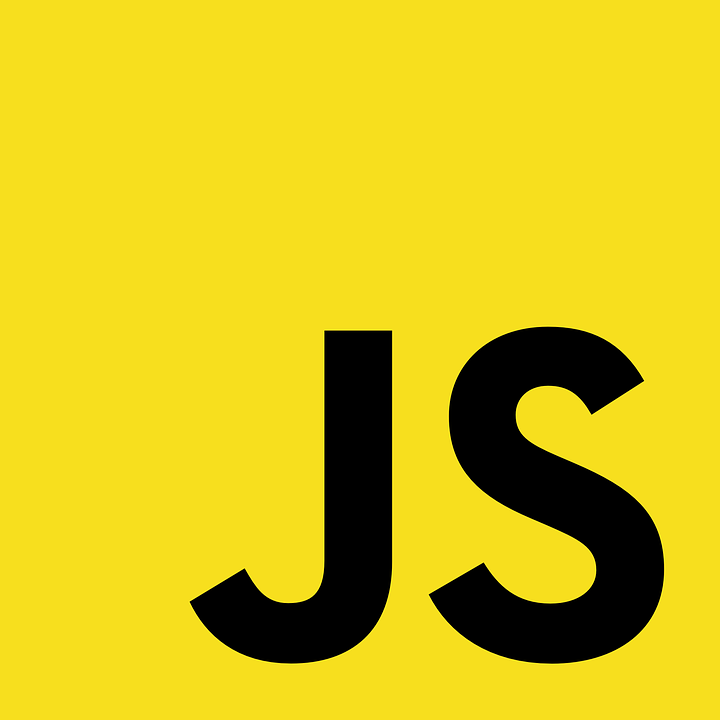

## Web APIs
### What is a Web API
* ***API (Application Programming Interface)*** defines a way of communicating between applications
* A Web API defines how a client can communicate with a web server
* With the help of APIs, you don't need to create all functionality yourself
* Each program that wants to communicate to the outside world defines their own interface
* There are some architectural models like **_REST (Representational State Transfer)_** that exist to generalize API design
### Client-side and Server-side APIs
* [Client-side APIs](https://developer.mozilla.org/en-US/docs/Learn_web_development/Extensions/Client-side_APIs/Introduction) — called on the web browser (client side):
* Browser APIs, built into the browser itself and extend its functionality
* For instance, the geolocation API returns coordinates where the browser is located
* Third-party APIs, for retrieving data from somewhere on the Web
* Server-side APIs — called on the server:
* For communicating between servers or the client
* Consist of multiple exposed ***endpoints*** with a defined request-response system
### API communication

## Third party APIs
* Many services have public APIs that anyone can use
* Some services require users to have an [API key](https://en.wikipedia.org/wiki/API_key)
* [JSON placeholder API](https://jsonplaceholder.typicode.com/)
